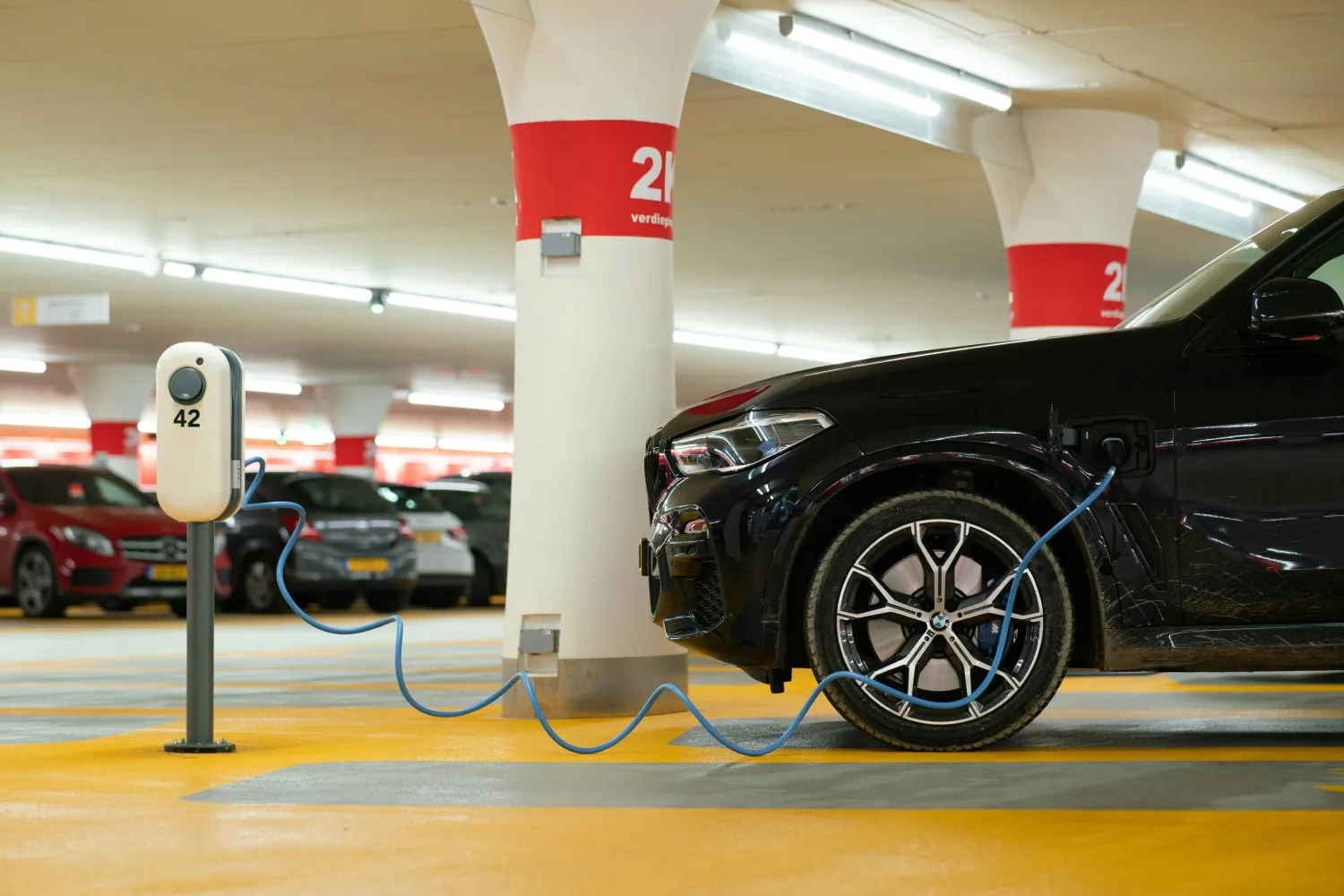Alternative fuel vehicles

01 mayo, 2024
Information on the measures for the transportation of alternative fuel vehicles (AFV) by passenger (Ro-Pax) and cargo ships (Ro-Ro).
We would like to inform you that within the scope of the Implementation Circular with Protocol Number 2070.0/28541/2024 issued by the Ministry of Maritime Affairs and Island Policy on April 16, 2024, with the subject: “Additional measures during the transport of alternative fuel vehicles (AFVs ) by Ro-Pax and Ro-Ro vessels" and with the aim of preventing and limiting the risks of fires and the emission of toxic gases in the garage area, the following measures will immediately come into force on all Greek domestic routes:
- While loading AFVs, their type and stacking position on the ship are recorded and corresponding signs are placed by the crew in a clearly visible spot on the vehicles. For purely electric or rechargeable hybrid vehicles, the battery temperature is checked
- Passengers/drivers are instructed to notify the crew immediately if they receive an alarm message from their vehicle
- For purely electric or rechargeable hybrid vehicles, the battery charge level is checked to ensure that it does not exceed 40% of their total capacity
- For vehicles with other alternative fuels such as LPG or natural gas, the tanks may not be filled with fuel to more than 50% of their total content. In the event of a failure of the supply system and tanks or batteries, AFVs may not be loaded unless the defective equipment is removed. They must not be charged or transported, especially in the event of a failure where it is unclear whether the battery is affected or not. The responsibility for ensuring that there are no malfunctions or damage to the supply system, the tanks or the batteries of the vehicles lies solely with the owners of the vehicles
- When stacking, the weight of electric vehicles in particular should also be taken into account, since according to the corresponding study by EMSA - Guidance on the carriage of AFVs in Ro-Ro spaces - Final Edition 1.1, May 23, 2022, electric vehicles are on average 25% heavier than the respective conventional ones
- AFVs are loaded in rooms covered by a CCTV system with no obstacles in the way
- It must be ensured that the artificial ventilation system in the garage area is in operation (if it is a closed ro-ro cargo area or a special cargo area in accordance with Directive 2009/4 EC) during loading and unloading and during the journey. It is preferable to load vehicles in open deck spaces, as long as they are available and it is practically feasible
Alternative fuel vehicles (AFVs) include:
- Hybrid and purely electric vehicles that carry accumulators (batteries)
- Vehicles that use liquefied and compressed gaseous fuels
Busca ideas Explorar mapa
Busca ideas
Explorar mapa